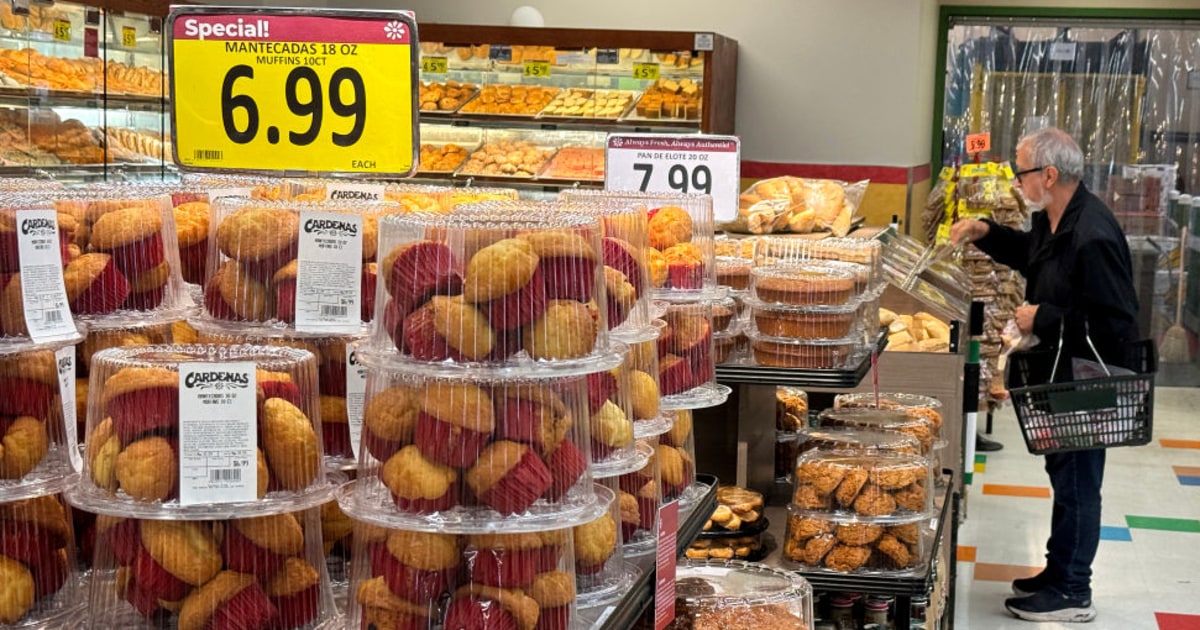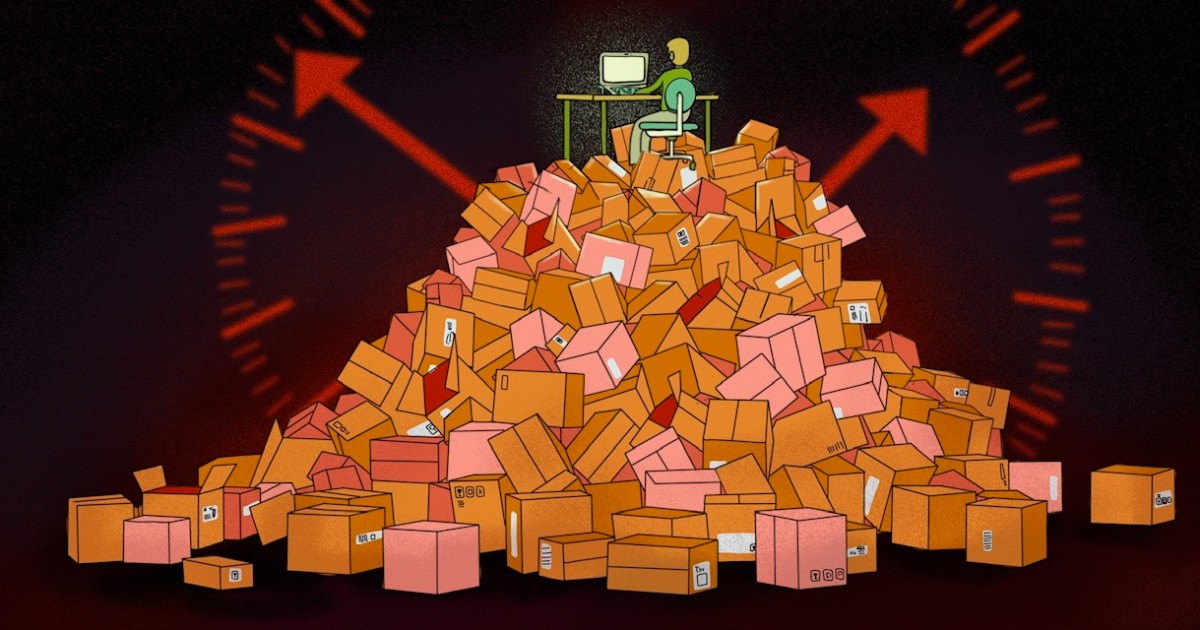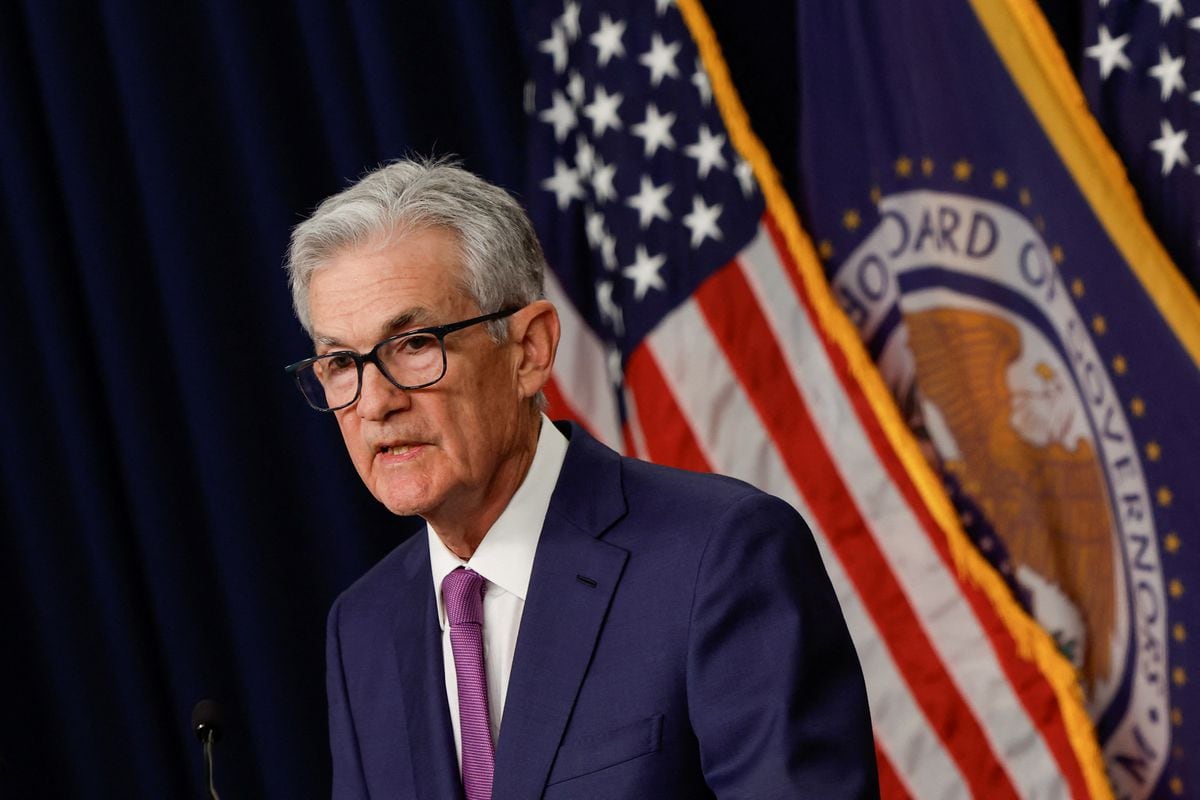By Shannon Pettypiece -
NBC News
WASHINGTON — American households have been reducing their savings and taking on more and more debt, leaving many in a weaker position to weather an economic downturn made even more likely by the recent turbulence in the banking sector.
Fears of an economic slowdown were renewed this week as US regulators took over Silicon Valley Bank, Swiss authorities stepped in to shore up Credit Suisse's finances and a group of Wall Street firms threw a lifeline at First Republic Bank. .
The events drew parallels to the 2008 financial crisis and are likely to cause banks to tighten their lending, putting added pressure on already stressed consumers, which in turn could cause them to cut spending and trigger layoffs in companies facing a decline in sales.
[Biden urges Congress to make it easier to punish bankrupt bankers as stocks fall and SVB files for bankruptcy]
Gregory Daco, chief economist at EY-Parthenon, says: "What we are seeing now, in terms of banking sector stress, is likely to have amplifying effects on the deterioration in household finances."
“We are likely to see an environment where banks become more cautious with their lending, especially the smaller regional banks, and that will further exacerbate the softening that we were already seeing,” he explained.
Goldman Sachs on Thursday raised its recession odds by 10 percentage points to 35%.
Other economists are even less optimistic about the US's ability to avoid an economic downturn, with Bloomberg respondents putting the odds of a recession at 60%.
The bankruptcy of a major bank in California heralds layoffs and brings a lot of uncertainty
March 12, 202301:51
For much of the past year, as inflation hit its highest levels in decades, consumers have been able to continue to increase their spending.
Although retail sales decreased slightly in February compared to January, they increased 5.4% compared to the previous year, the Commerce Department reported this week.
Bank of America credit and debit card data for February showed a 2.7% year-over-year increase in household spending, “suggesting to us that consumer spending remains resilient even as the pace of spending growth moderates.” , according to a report last week from the Bank of America Institute.
[Credit Suisse will borrow up to $53 billion from the Swiss National Bank to strengthen its liquidity and avoid contagion in the banking sector]
But the data indicates that wages have not kept pace with inflation during that period.
As a result, Americans have increasingly turned to their credit cards and savings accounts to maintain their spending habits.
"The average person's finances were probably better a year or two ago than they are now, simply because they had more liquidity and less debt," says Ted Rossman, senior industry analyst at Bankrate.com.
“In early 21, credit card balances were 17% lower than they were before the pandemic.
And now they are up 28% from that low point.”
Americans have spent about half of the savings they amassed during the pandemic, going from about $2.1 trillion in excess savings from the influx of government stimulus checks and reduced spending during lockdowns to about $900 billion. dollars in the third quarter of last year, according to a report by JP Morgan.
At the same time, the percentage of people's paychecks going to savings has fallen to about half of what it was before the pandemic, according to data from the Federal Reserve Bank of St. Louis.
[How the global panic of a financial crisis can affect banks in Mexico]
Meanwhile, American debt has skyrocketed.
According to data from the New York Federal Reserve, credit card balances increased by $61 billion to a record $986 billion in the last quarter of 2022, a sharp regression from two years ago. , when Americans were paying their debts with stimulus checks.
Auto loan balances increased by $94 billion.
There are signs that a growing number of consumers are finding it harder to pay off that debt.
Inflation has improved, but for it to drop to the ideal level it will be necessary to swallow hard.
So you can prepare
March 14, 202302:36
The percentage of credit card holders who carry their debt from one month to the next has risen to 46%, from 39% a year ago, according to Bankrate.
Auto loan delinquencies have continued to rise from their pandemic lows, with the percentage of auto loans that are at least 60 days late at their highest level since 2006, according to a report last month from Cox Automotive.
All these factors make investors, economists and company executives very attentive to the movements of the Federal Reserve in terms of interest rates next week.
Another round of rate hikes would make it more expensive for consumers to borrow to finance a home or buy a car, or to maintain credit card balances.
It will also put pressure on companies that want to borrow money.
[Biden affirms that "the banking system is safe" in the face of fear of a financial crisis after the bankruptcy of two banks in the US]
But with inflation stubbornly high - 6% in February from a year earlier - some economists say the Federal Reserve has no choice but to keep raising rates to contain spending.
Another key factor that economists are paying attention to is the job market, which has remained strong in part because consumers have continued to spend.
As reported last week by the Labor Department, job creation slowed down in February, but it was still higher than expected: the labor market added 311,000 jobs.
The unemployment rate rose to 3.6%, relatively in line with last year's level.
But even a slight uptick in unemployment could prompt millions of Americans to cut back on spending.
“The backbone of consumer spending activity is the labor market,” said Daco, the economist.
“If the labor market starts to show more significant signs of cooling off, moderation, it has weakened, then that will have a direct effect on household income, and in turn on their ability and willingness to spend,” he explained.









